Principal investigators: Dr. Dimitry Sediako, Nicholas Sabry
With the growing demand for increased battery capacity and performance, a congruent challenge for adequate cooling has developed. Nemak, a global automotive parts manufacture, decided advanced cooling requires unique cooling structures in battery trays. Nemak uses the High-Pressure Die Casting (HPDC) process to manufacture the internal cooling structures with A356 material to create these battery trays. The HPDC process, in this case, cannot cast both internal and external structures. Therefore, to complete the assembly, a Friction Stir Welding (FSW) process is used to join the internal casted cooling structure to the external structure made of 6061 Al sheet material.
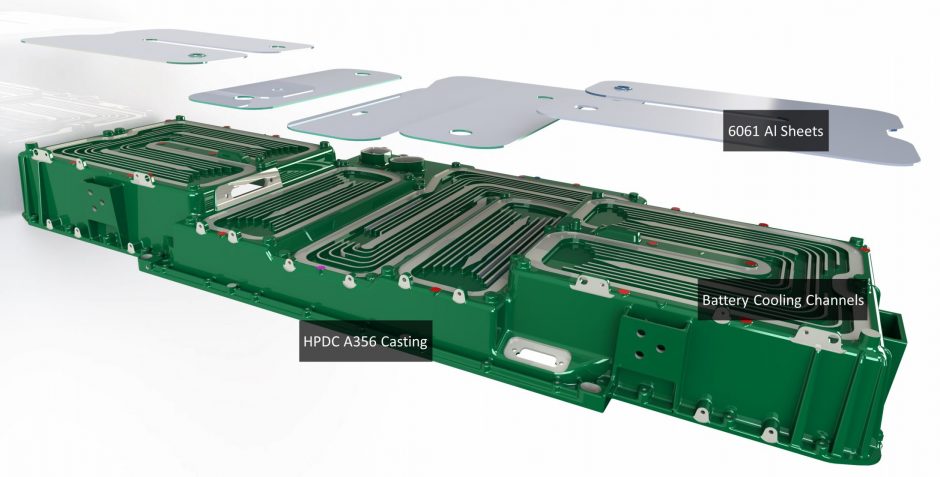
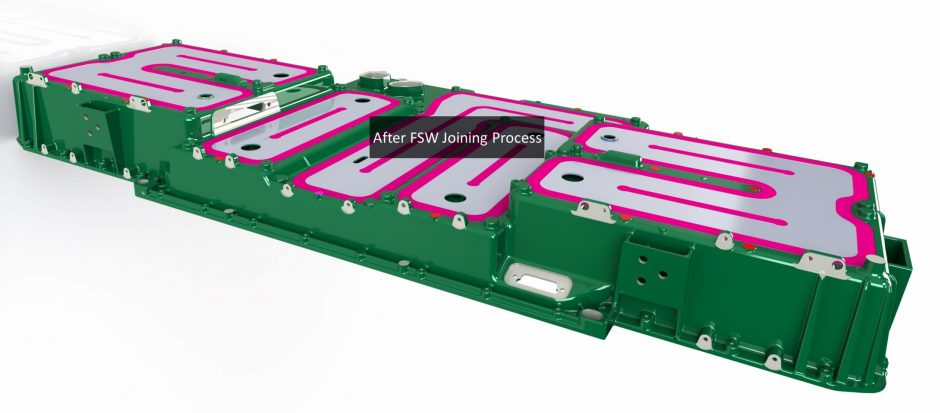
This project investigates the residual strain/stress accumulation that occurs after the FSW operation in the production of the battery trays that will be used in the next generation of hybrid and electric vehicles. The FSW joining process causes the battery tray to achieve relatively high temperatures while welding two different materials A356 and 6061 Al, producing significant changes to the microstructure of the material around the welded zone:
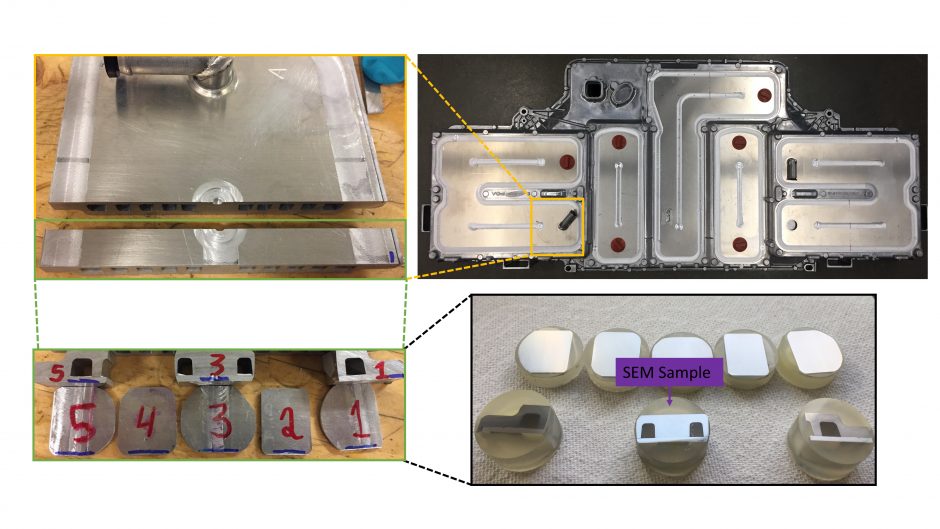
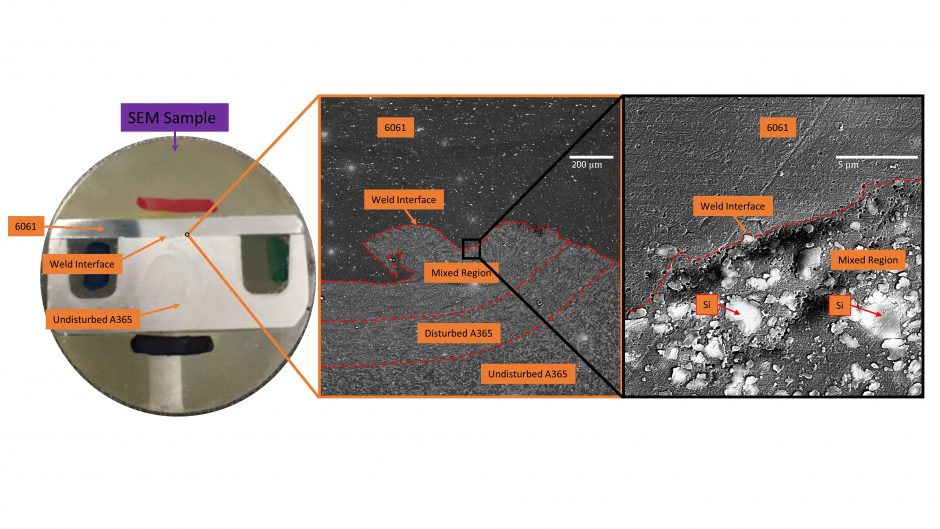
The FSW process also causes residual stress evolution, leading to distortion of the tray. The distortion is so significant that the tray cannot be attached to the vehicle. Therefore, post-processing straightening methods must be applied, burnishing or coning processes, adding to the production cost. It is unclear how different welding conditions and the post-processing techniques (straightening techniques) affect the induced stress; therefore, the strain in the deformed as-welded state, burnished, and conied battery trays are determined and compared. Neutron Diffraction and Strain Gauge techniques are employed to measure the strains across the friction stir welded seam in three different battery trays for this project.

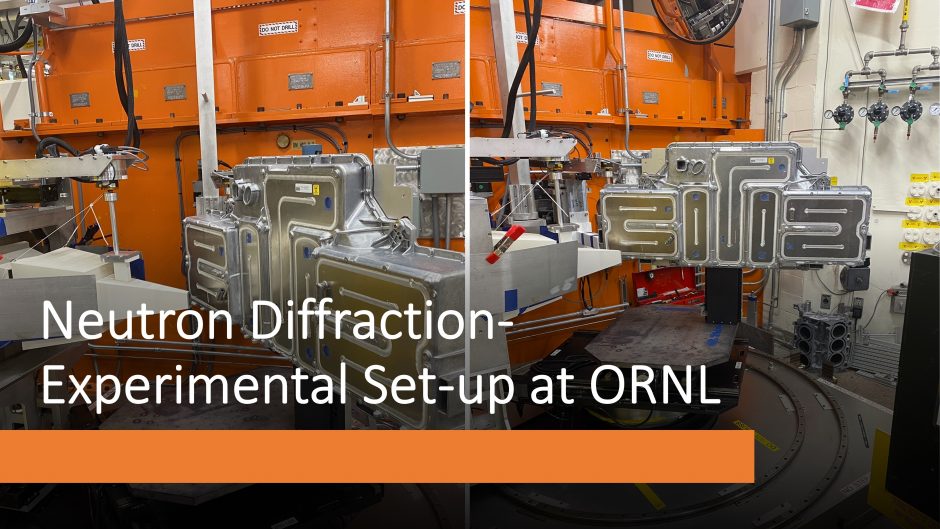
Measuring the strain across the welded seam in three orthogonal orientations provides valuable information on the magnitude of stress formation in three areas of interest, specifically the heat-affected zone, thermo-mechanically affected and the weld zone in the battery trays.